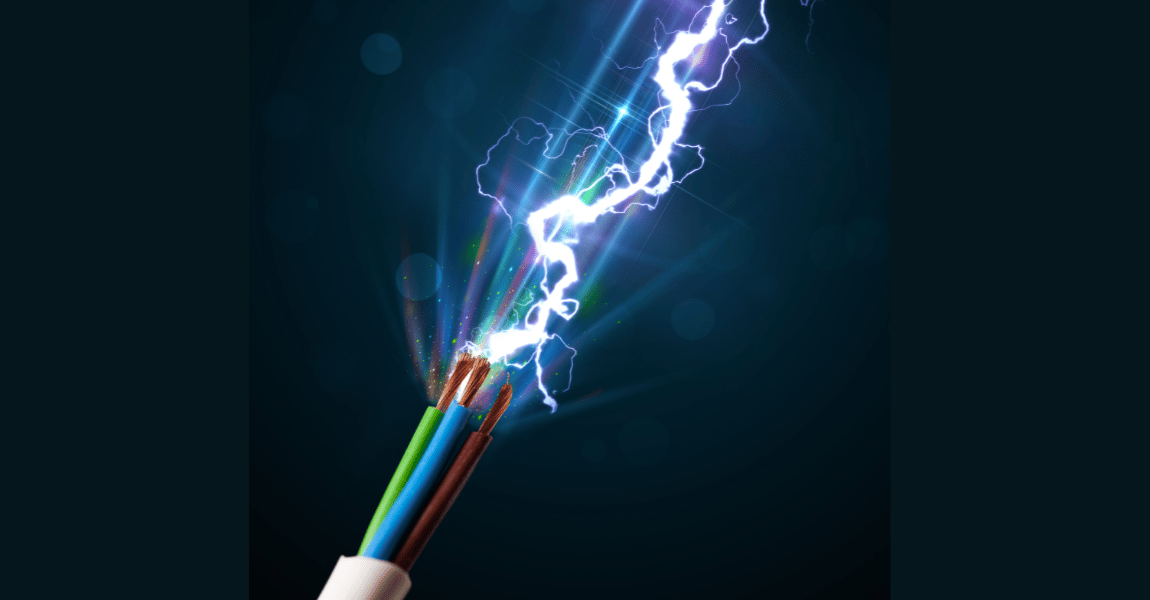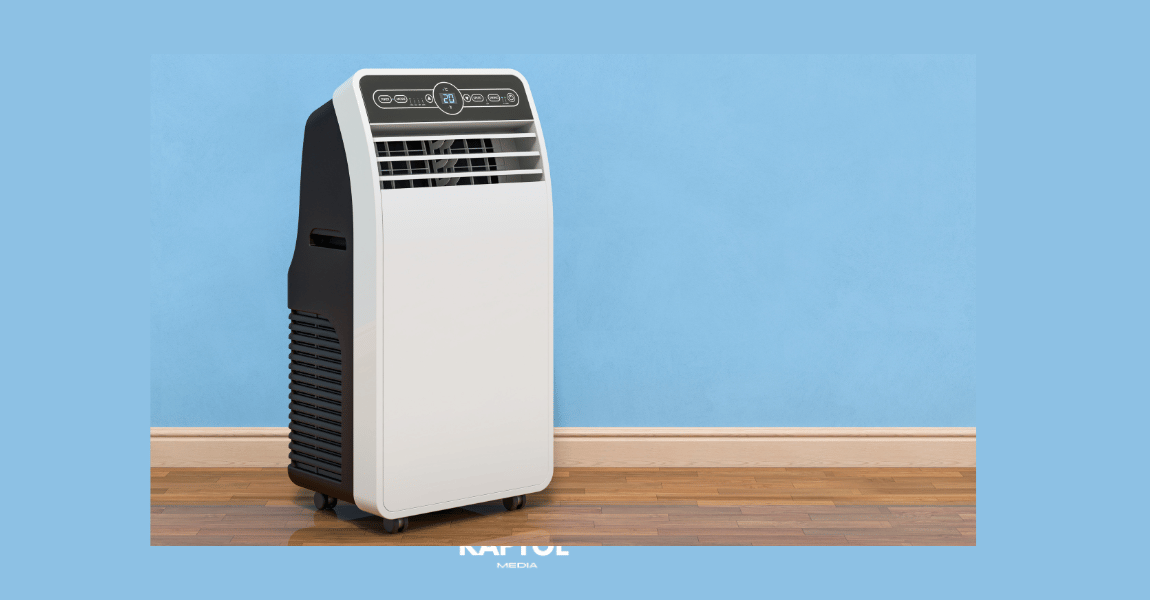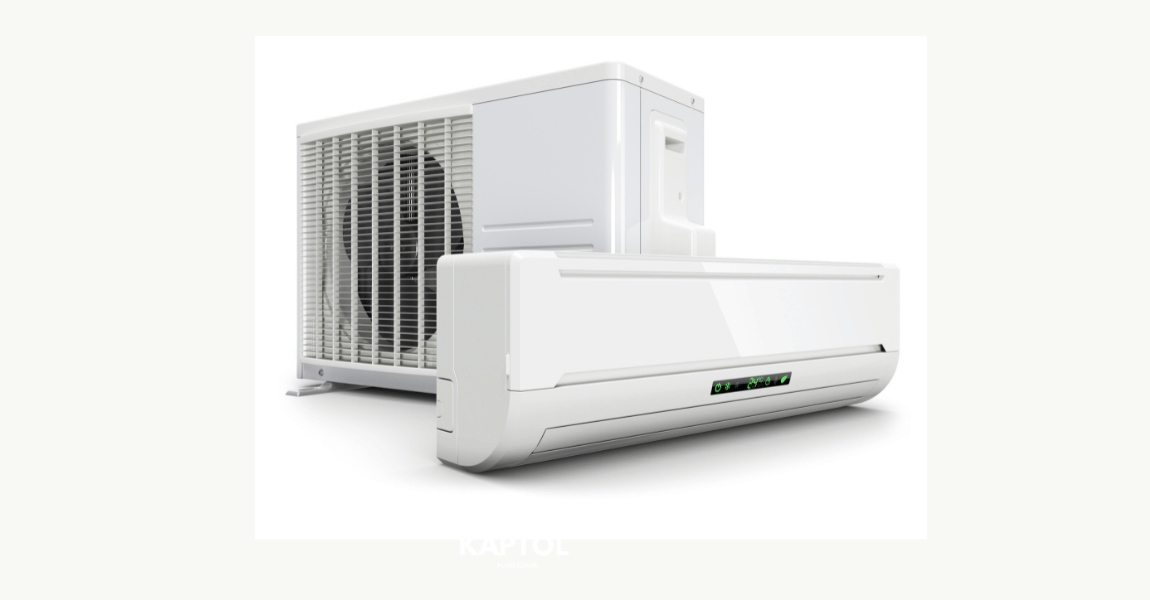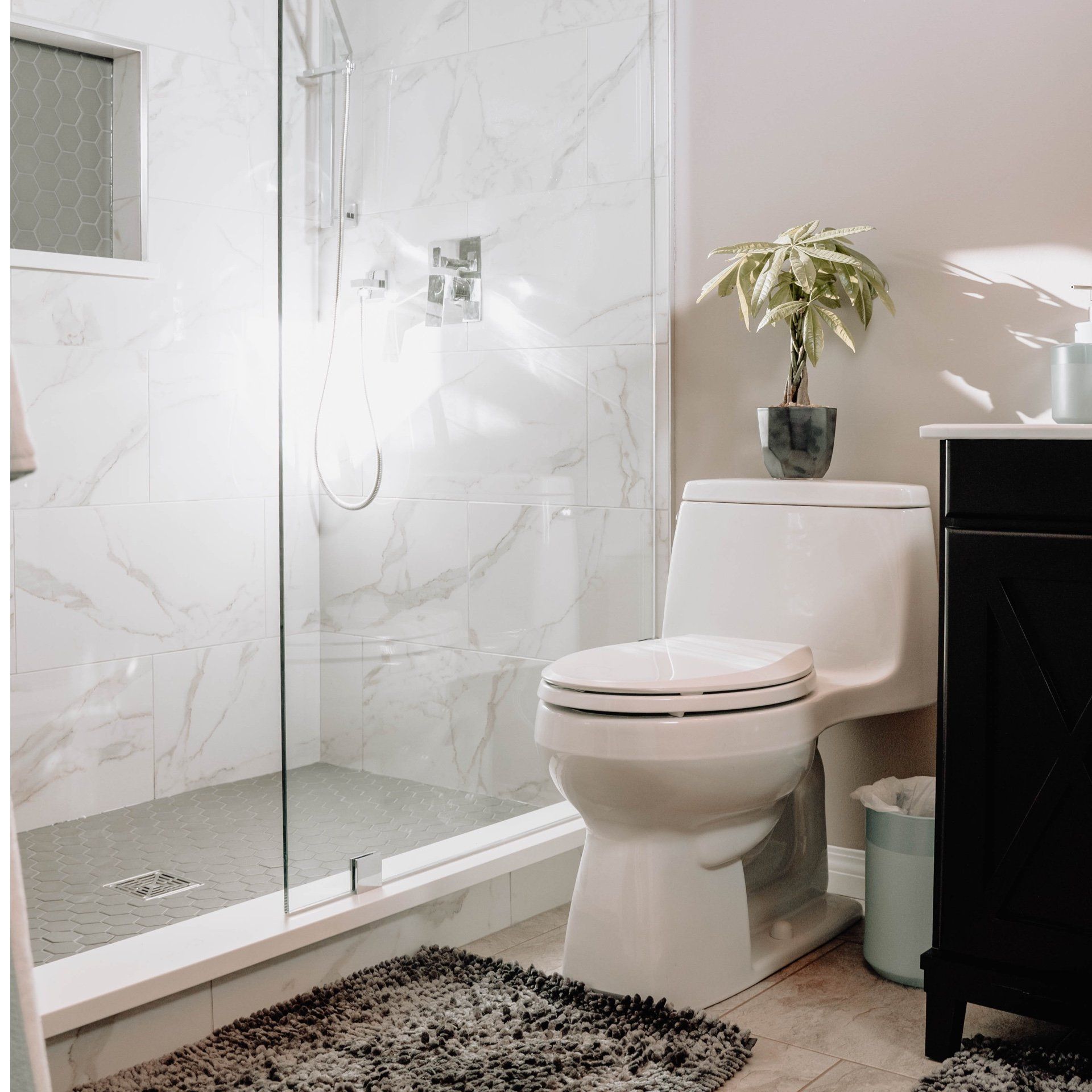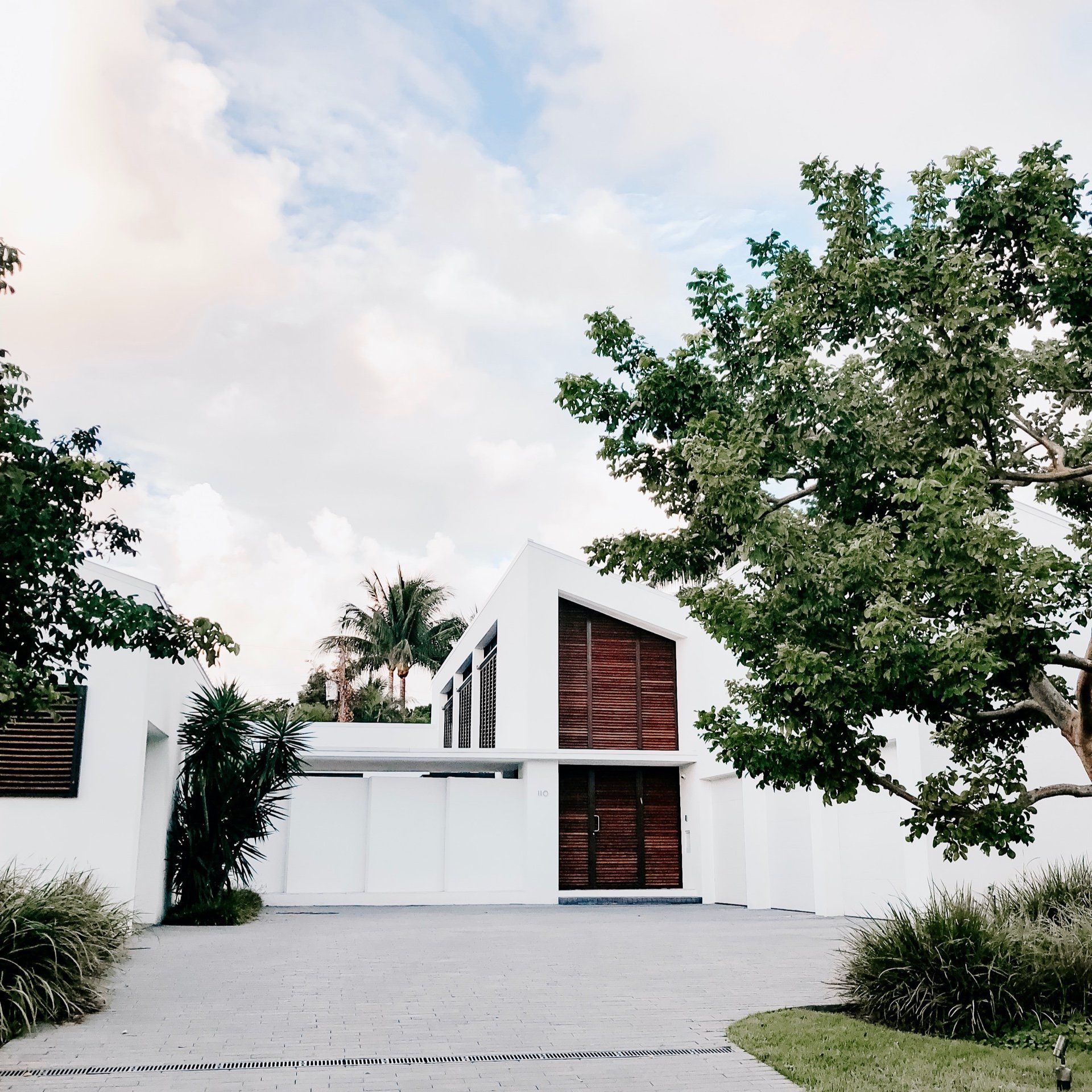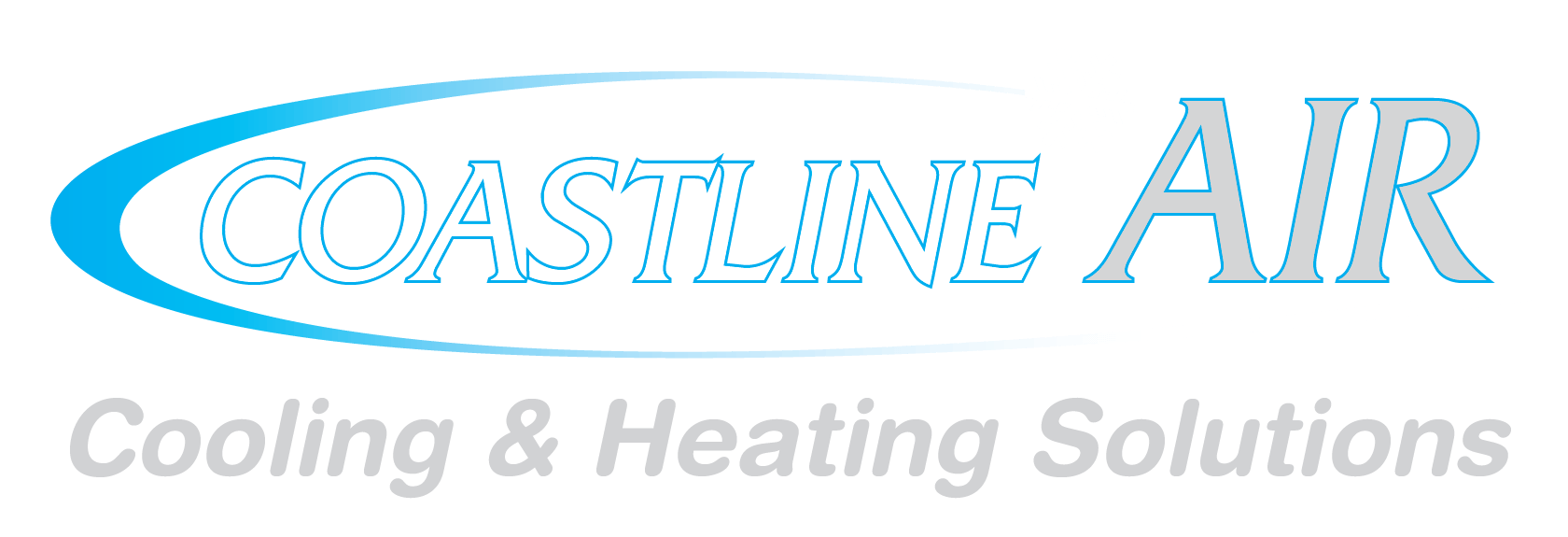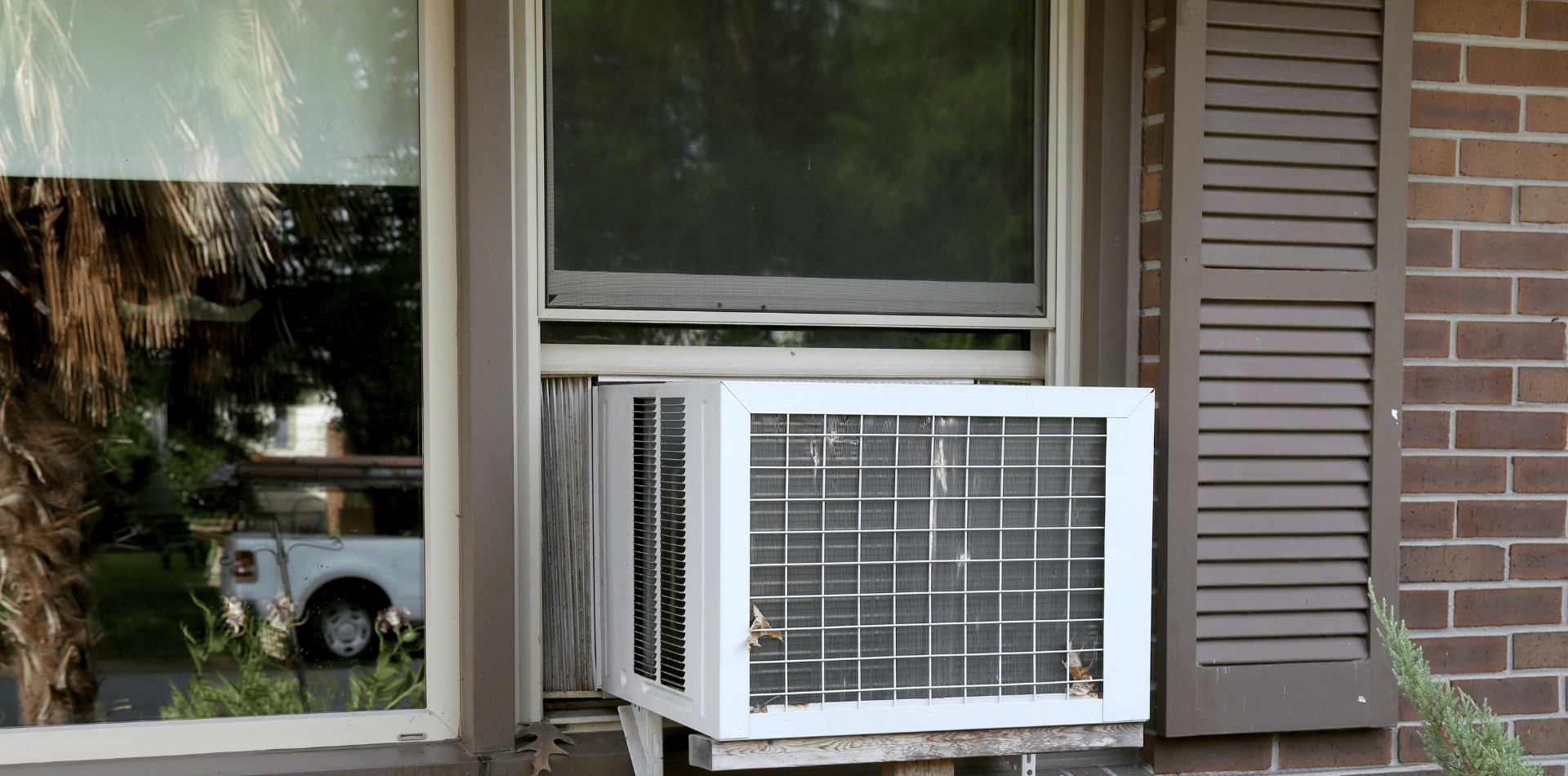5 Ways to Maximise Your Air Conditioner's Efficiency
5 Ways to Maximise Your Air Conditioner's Efficiency
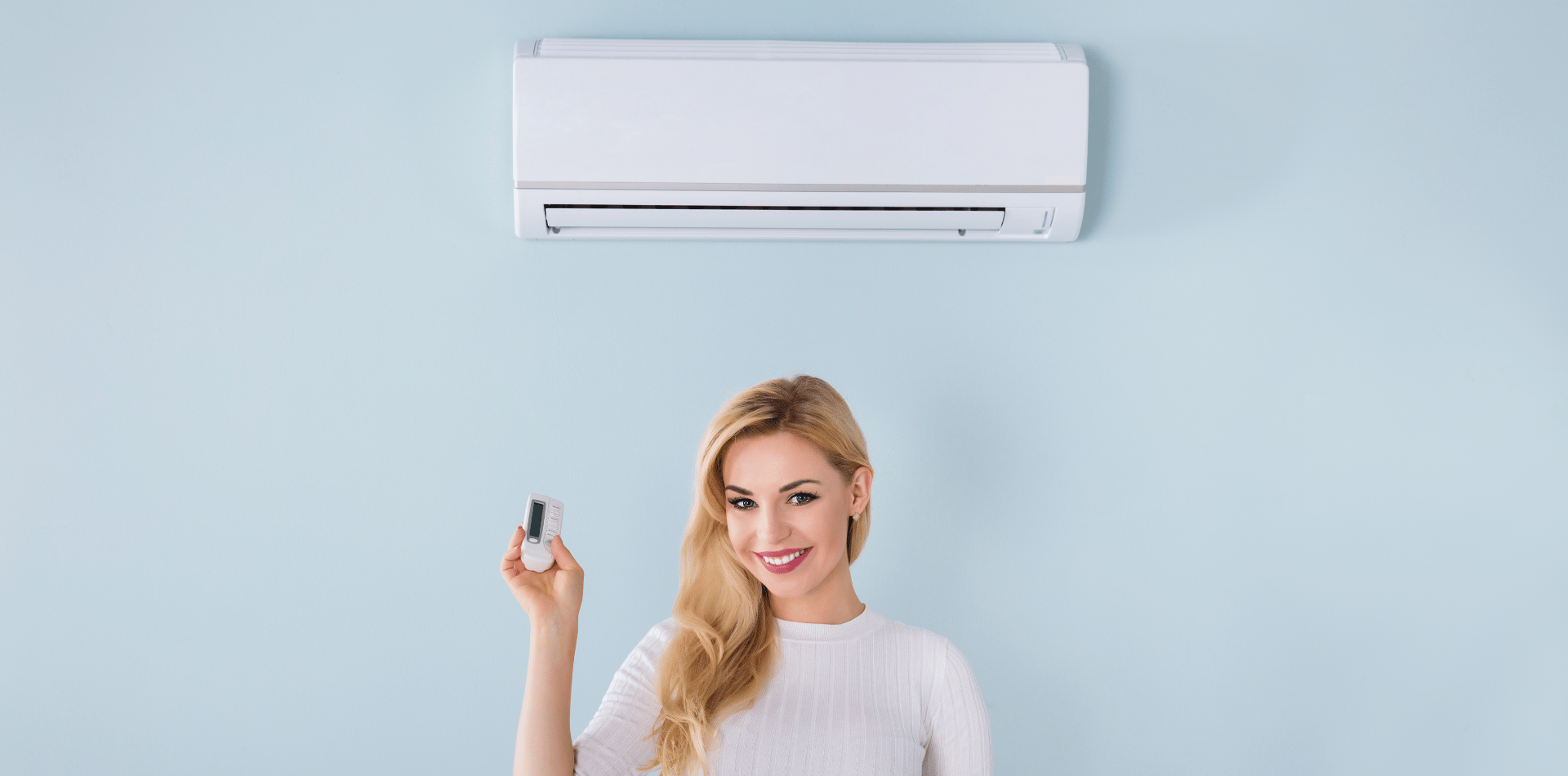
As the mercury climbs, the last thing you want is an air conditioner that struggles to keep up without sending your energy bill through the roof.
Maximising the efficiency of your air conditioning unit not only helps in reducing energy consumption but also extends the lifespan of your unit, and ensures a more comfortable living environment.
Here are five effective strategies to ensure your air conditioner runs as efficiently as possible.
1.Regular Maintenance: The Key to Air Conditioner Efficiency
Maintaining your air conditioner is essential not just for its performance but also for its longevity.
Here’s why regular maintenance is critical and how you can effectively manage it to boost your system’s efficiency.
Importance of Air Filter Maintenance
The air filter in your air conditioner plays a crucial role in maintaining air quality and protecting the system from dust and debris. Over time, the air filter can become clogged with pollutants, significantly restricting airflow. This restriction forces the air conditioner to work harder to circulate air, which can lead to increased energy consumption and added strain on the system, potentially causing premature failure.
It’s advisable to check your air filters at least once a month during high-usage seasons like summer and replace them every 30-60 days, depending on usage and the environment.
Homes with pets or in areas with high dust levels might require more frequent changes.
Cleaning Evaporator and Condenser Coils
The evaporator and condenser coils are vital components of your air conditioner.
The evaporator coil absorbs heat from the air inside your home, while the condenser coil releases heat outside. If these coils are covered in dust and debris, their efficiency in heat absorption and release is compromised.
Here are a few steps on how to maintain these crucial components:
- Inspect Annually: Make it a routine to visually inspect these coils at the start and end of each cooling season. Look for signs of dust build-up, rust, or corrosion.
- Regular Cleaning: Use a soft brush to gently remove dust from the coils. For more stubborn grime, employing a commercially available coil cleaner is effective. Spray the cleaner onto the coils and follow the instructions for the best results.
- Professional Inspection: Sometimes, coils can be damaged or may freeze up if the system is malfunctioning. Annual inspections by professionals can help diagnose these issues early, preventing more significant problems down the line.
Checking the System’s Overall Condition
Apart from filters and coils, other components of the air conditioner, such as fins, drains, and seals, also need regular checks:
- Straighten Coil Fins: The aluminum fins on evaporator and condenser coils can easily get bent and block airflow through the coil. A "fin comb" can help straighten these fins back to their original condition.
- Unclog Drain Channels: Clogged drain channels prevent a unit from reducing humidity, resulting in excess moisture that may discolour walls or carpet. Regularly passing a stiff wire through the unit’s drain channels will prevent this issue.
- Seal and Insulate Ducts: Ensure that the ductwork that runs through spaces that are not air-conditioned (such as attics) is well-sealed and insulated to prevent energy loss.
Regular maintenance not only ensures optimal efficiency but also extends the lifespan of your air conditioning unit. It prevents minor issues from becoming major problems, ensuring that your air conditioner is ready to provide relief from the heat when you most need it. By keeping your system clean and in good repair, you can enjoy lower energy bills, a smaller environmental footprint, and a consistently comfortable indoor environment.
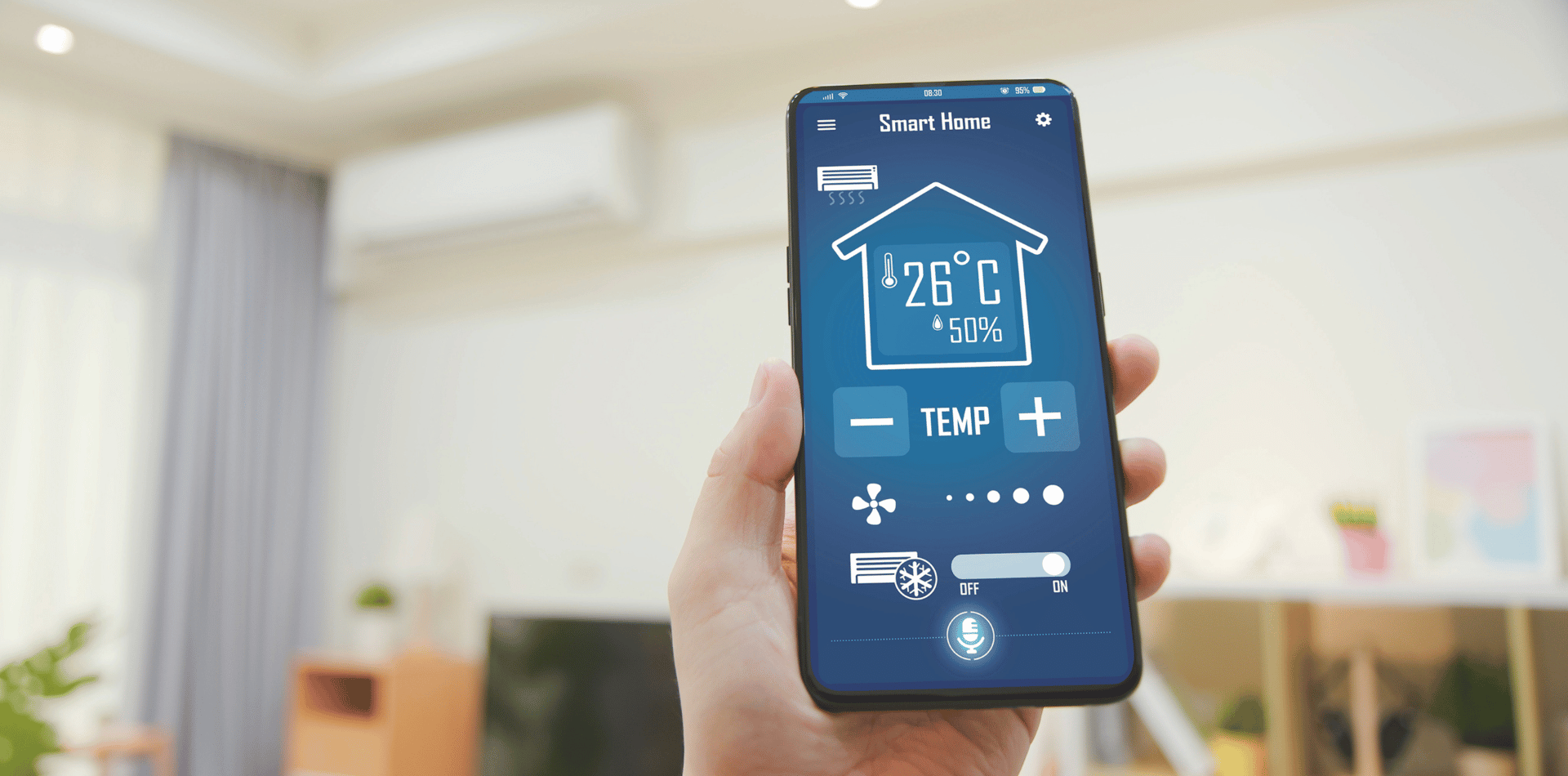
2.Upgrading Your Thermostat: A Smart Move for Efficiency
Modernising your home's climate control with a programmable or smart thermostat can transform how you manage your air conditioning's energy use and efficiency.
Here’s a look at the advantages of upgrading your thermostat and how it can benefit your home's comfort and your wallet.
Benefits of Programmable Thermostats
Programmable thermostats allow you to set specific temperatures for various times throughout the day automatically. You can configure your air conditioning to operate at a higher temperature when the house is empty and cool down to a comfortable level by the time you return. This prevents the air conditioner from running unnecessarily when no one is home, which can lead to significant energy savings.
- Customisable Schedules: Most programmable thermostats offer the flexibility to set different schedules for weekdays and weekends. For example, you can set the thermostat to maintain a higher temperature during the workweek when the house is empty and a cooler temperature during weekends when you're more likely to be home.
- Boost Energy Efficiency: By running your air conditioner only when needed, you reduce overall energy consumption, which can lower your electricity bills and reduce wear on your HVAC system, potentially extending its lifespan.
Advantages of Smart Thermostats
Smart thermostats offer all the benefits of programmable models but with added intelligence and connectivity that make them even more user-friendly and efficient.
- Remote Control: Smart thermostats can be controlled through a smartphone app, which means you can adjust your home’s temperature from anywhere. Whether you're stuck at work later than expected or heading home early, you can ensure your home is cooled to your preference by the time you arrive.
- Learning Capabilities: Some smart thermostats can learn from your behaviours and adjust the cooling and heating schedule automatically. They detect patterns in your presence and absence, along with your temperature preferences at different times of the day, to optimise energy usage without any manual setup.
- Energy Usage Reports: Many smart thermostats provide detailed energy consumption reports, which can help you understand your usage patterns and identify opportunities for further savings.
- Integration with Home Automation: Smart thermostats can integrate with other smart devices in your home, such as Alexa or Google Home, allowing for voice control and more complex automated home systems. This integration can enhance not only convenience but also the efficiency of how energy is used across your household.
- Geofencing: This feature uses the GPS in your smartphone to determine when you are within a certain distance of your home, adjusting your home’s temperature based on your proximity. This ensures that energy isn’t wasted cooling an empty home but that it’s comfortable upon your arrival.
Installation and Compatibility
When upgrading to a smart thermostat, consider compatibility with your existing HVAC system. Most modern thermostats are compatible with common heating and cooling systems, but verifying this before purchase is crucial. Installation can often be a DIY project, as most thermostats come with detailed instructions and only require a few simple tools. However, for homes with older wiring or complex systems, or if you're uncomfortable with the installation process, hiring a professional may be the best option.
Upgrading to a programmable or smart thermostat offers a practical and high-impact way to enhance the energy efficiency of your home’s heating and cooling.
By leveraging the latest in thermostat technology, you can enjoy a more comfortable, convenient, and cost-effective home environment.
3.Optimising Air Flow and Unit Location for Enhanced AC Efficiency
Efficient air flow is a cornerstone of effective air conditioning.
Optimising how and where your unit operates can significantly improve its efficiency, reducing energy costs and enhancing overall comfort.
Here’s a closer look at why air flow is vital and how to optimise your AC unit's location and surroundings.
Ensuring Clear Ventilation Paths
The internal airflow of your home is crucial for AC efficiency. Furniture, curtains, or other household items blocking the air vents can restrict airflow, causing your system to work harder and less efficiently. To maintain unimpeded air circulation:
- Check Vents Regularly: Regularly inspect both intake and output vents and ensure they are not obstructed by furniture, rugs, or drapes.
- Use Vent Boosters: If some rooms are still not receiving enough air despite open vents, consider installing vent boosters. These can increase the amount of air being forced into a room.
- Maintain Minimum Clearance: Ensure all vents have at least a few inches of clearance to facilitate optimal air flow.
Positioning the Outdoor Unit Strategically
The location of your outdoor AC unit can significantly impact its efficiency.
Here’s how to choose the best spot and maintain it:
- Shade and Sunlight: Place the outdoor unit in a shaded area if possible. Units operating in the shade consume up to 10% less electricity than those in direct sunlight. However, it's crucial not to enclose it in a structure as this can restrict airflow—maintain open space around the unit.
- Elevate the Unit: If possible, place the unit on a raised platform. This elevation protects it from dirt and debris on the ground and can help reduce the risk of damage during adverse weather conditions.
- Keep It Level: Ensure that your outdoor unit remains level over time. A unit that tilts can cause the compressor to fail prematurely.
Maintaining Space Around the Unit
Good clearance around your outdoor unit facilitates better air intake and heat expulsion, which are critical for efficient operation:
- Clear Debris and Vegetation: Regularly clear leaves, dirt, and other debris from around the unit. Trim any plants, shrubs, or trees to maintain a minimum clearance of two to three feet around it. This space is essential for adequate airflow and easy access for maintenance.
- Regular Inspection: Check the area around your outdoor unit each season to ensure that new growth or accumulated debris does not impede its efficiency.
Importance of Unit Orientation
The direction your unit faces can also affect its performance. Units facing north or east are generally cooler as they are exposed to less direct sunlight compared to those facing south or west. If relocation is not practical, consider using a lattice or other shading device to shield the unit during the hottest parts of the day, but ensure it does not restrict airflow.
Optimising airflow and carefully selecting the location for your air conditioning units are key strategies in maximising AC efficiency. By ensuring clear paths for air to flow inside and maintaining ideal conditions outside, you can significantly improve the performance of your air conditioning system, resulting in lower energy bills and a more comfortable indoor environment. Regularly revisiting these aspects and adjusting as needed can help sustain optimal AC performance over the lifespan of the unit.
4.Seal and Insulate Your Home for Maximum Air Conditioning Efficiency
Ensuring that your home is well-sealed and properly insulated is pivotal for maximising the efficiency of your air conditioning system. It not only helps maintain a comfortable temperature but also reduces energy consumption and lowers utility bills.
Here’s how you can effectively seal and insulate your home.
Sealing Leaks Around Doors and Windows
Doors and windows are common areas where air leaks can occur. These leaks allow cool air to escape and hot air to enter, which makes your air conditioning system work harder than necessary.
- Weather Stripping: Apply weather stripping around movable components like doors and window frames. This simple measure can seal gaps that allow air exchanges with the outside.
- Caulking: Use caulk to seal non-moving gaps and cracks around window panes and door frames. Check old caulking for deterioration annually and replace it as needed to maintain an airtight seal.
- Use Window Insulation Film: For additional insulation on windows, consider using transparent insulation film. It helps retain cool air inside during summer and adds an extra layer of insulation against heat.
Enhancing Wall and Attic Insulation
Proper insulation in your home’s envelope (the barrier between the interior and the exterior) is crucial. It reduces the heat exchange and helps maintain consistent indoor temperatures throughout the year.
- Check Insulation Levels: Ensure that your attic and walls have sufficient insulation. The recommended insulation level varies depending on your location.
- Upgrade Insulation Material: If your home is older, it might benefit from an insulation upgrade. Materials such as spray foam, fiberglass batts, or blown-in cellulose can be used to enhance insulation in attic floors and walls.
Sealing Ductwork
The ductwork that distributes air throughout your home is another critical area to focus on. Leaky ducts can significantly decrease the efficiency of your air conditioning system.
- Inspect Ducts for Leaks: Look for any holes, tears, or disconnected joints in your ductwork. Use sealant or metal tape (not duct tape) to seal these leaks. Insulating ducts that run through unconditioned spaces like attics or crawl spaces can further enhance efficiency.
- Professional Duct Testing and Sealing: Consider hiring a professional to perform a duct leakage test. They can offer more comprehensive solutions for sealing and insulating your ductwork effectively.
Additional Tips for an Efficient Home
- Install Door Sweeps: Attach door sweeps to the bottoms of your exterior doors to block out hot air and keep cool air in.
- Use Thermal Curtains: Thermal or blackout curtains can significantly reduce heat gain through windows, particularly on the sunniest sides of your home.
- Regularly Check for New Leaks: Over time, new leaks can develop in your home’s envelope, especially after severe weather or alterations to the structure. Regular checks can help catch these issues early.
Sealing and insulating your home are among the most cost-effective ways to enhance the efficiency of your air conditioning system. By addressing leaks and improving insulation, you can maintain cooler temperatures indoors more efficiently, significantly reducing the load on your air conditioner and saving on energy costs. This not only makes your home more comfortable but also contributes to a healthier environment by reducing your overall energy consumption.
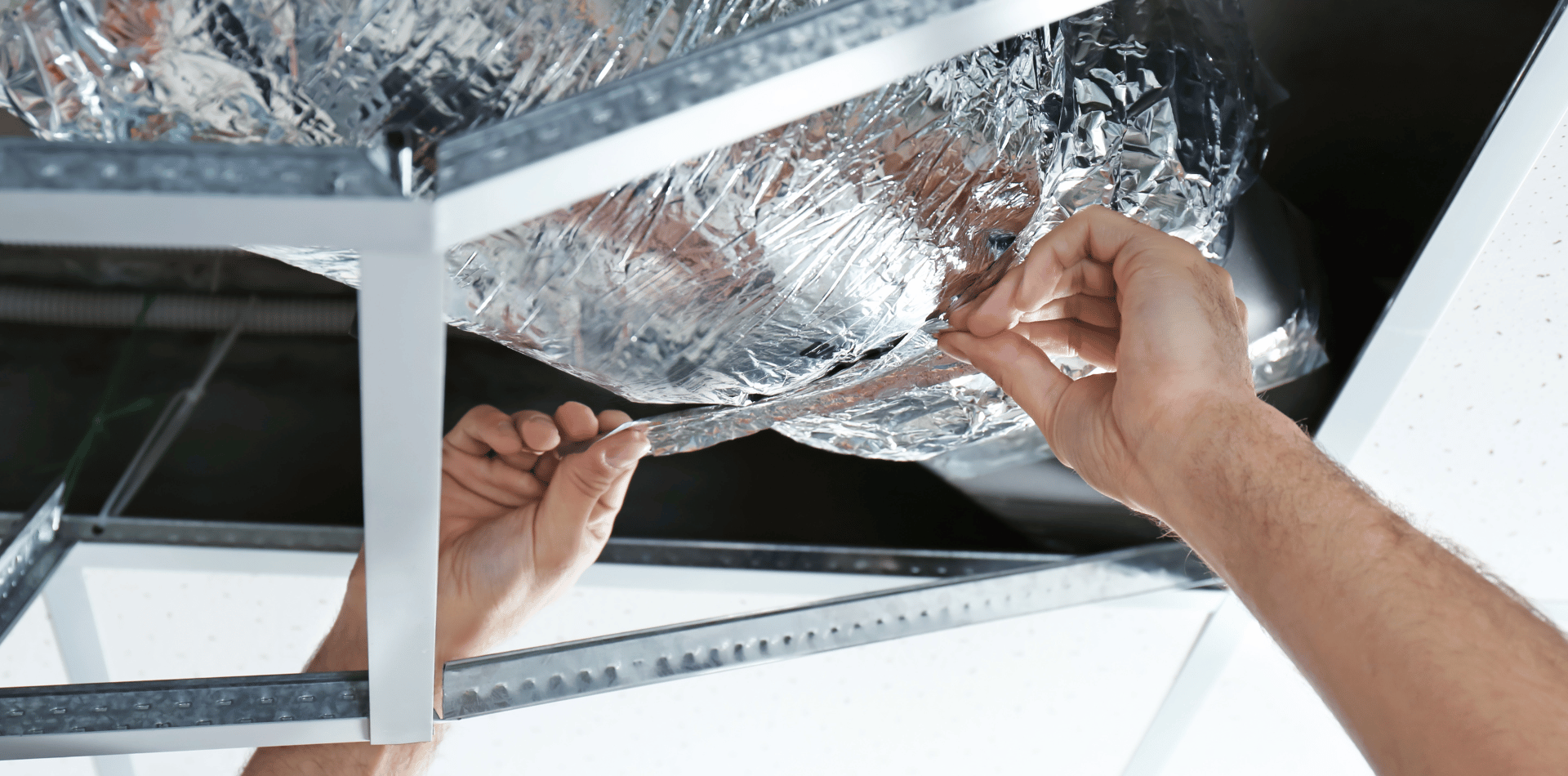
5.Consider System Upgrades or Replacements for Enhanced AC Efficiency
When it comes to air conditioning, the efficiency of your system plays a pivotal role in energy consumption and comfort. As technology advances and energy standards become stricter, older AC units often fall behind, consuming more power and providing less comfort.
Upgrading your system or replacing parts can be a smart investment, leading to long-term savings and improved performance.
Here's how to determine whether you should consider an upgrade or a replacement and what options you might have.
Evaluating the Need for an Upgrade
The decision to upgrade or replace your air conditioning unit depends on several factors, including the age of the unit, its current efficiency, and the cost of continued repairs compared to replacement.
- Age of the Unit: Air conditioners typically have a lifespan of about 10 to 15 years. If your unit is approaching or has surpassed this range, it's likely time to consider an upgrade.
- Current Efficiency: If your energy bills are consistently high during the cooling seasons and your unit has a low SEER (Seasonal Energy Efficiency Ratio) rating, upgrading to a higher-rated unit could reduce your energy costs significantly.
- Cost of Repairs: Compare the cost of necessary repairs to the price of a new unit. If repairs are frequent and costly, investing in a new system might be more economical in the long run.
Understanding SEER Ratings
SEER ratings measure the air conditioner's efficiency over a typical cooling season.
Here’s what to look for:
- High SEER Ratings: Modern air conditioners come with SEER ratings ranging from 13 to over 21. Higher ratings represent better energy efficiency and lower ongoing costs. Units with SEER ratings of 16 or higher are typically considered highly efficient.
- Potential Savings: Upgrading from an older model with a SEER rating of 8 or 10 to a new model with a SEER rating of 16 can cut cooling costs by 30% to 60%, depending on usage and climate.
Options for Upgrading
If a full system replacement isn't feasible, consider upgrading specific components to boost efficiency:
- Replace the Compressor: The compressor is the heart of your air conditioning system. Replacing an old compressor with a newer, more efficient model can improve system performance and reduce energy consumption.
- Install an Air Handler: The air handler circulates air throughout your home. Upgrading to a newer model can improve airflow and energy efficiency, especially if your existing unit is underperforming.
Additional Considerations
When planning an upgrade or replacement, consider these additional points:
- Professional Assessment: Have a professional HVAC technician assess your current system. They can provide personalized advice based on the specifics of your home and existing equipment.
- Rebates and Incentives: Look for local rebates and federal tax incentives that can offset the cost of upgrading to a more efficient system. These incentives can make high-efficiency units more affordable.
- Future Savings: While the upfront cost of a new air conditioner can be significant, the long-term savings on energy bills and reduced maintenance costs can justify the investment.
Upgrading or replacing your air conditioning system is a significant decision that can impact both your comfort and your wallet.
By choosing the right time to upgrade and selecting a unit with a high SEER rating, you can enjoy lower energy bills, enhanced comfort, and the peace of mind that comes with a reliable and efficient system.
Whether you opt for a full system replacement or targeted upgrades, the investment can lead to substantial improvements in air conditioning efficiency and home energy use.
Maximising the efficiency of your air conditioner involves a combination of maintenance, smart technology, and sometimes, upgrading outdated equipment.
By following these five steps, you can enjoy a cooler home, lower energy bills, and the peace of mind that you’re doing your part for the environment by reducing energy consumption.
Stay cool and efficient!
